Stories Category: Anesthesia
Auditory Icon Alarms Are More Accurately and Quickly Identified than Current Standard Melodic Alarms in a Simulated Clinical Setting
Under our simulated conditions, anesthesia providers more correctly and quickly identified icon alarms than standard alarms. Subjects were more likely to perceive higher fatigue and task load when using current standard alarms... read more

Operation Timing and 30-Day Mortality After Elective General Surgery
Elective general surgery appears to be comparably safe at any time of the workday, any day of the workweek, and in any month of the year. The binary outcomes of 32,001 elective general surgical patients at the Cleveland Clinic... read more
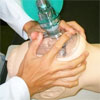
Rapid Sequence Intubation With Video Laryngoscopy Common for Difficult Airways
Predicted difficult airways in one emergency department are managed most often using rapid sequence intubation (RSI) and video laryngoscopy (VL), a recent study has found. Although difficult airways occur frequently in emergency... read more

Getting Creative with Ketamine
Versatile and safe, Ketamine can help with sedation, induction, asthma and pain. Can a shot of it even treat suicidality? New indications for Ketamine seem to be popping up every day. Its primary ED use is for procedural... read more

The A1 Sedation Package: Better Care for Intubated Patients
You are called to the scene of a 56-year-old male found unresponsive in his garage workshop. Upon examining him you find him minimally responsive to painful stimulus, moaning and groaning. His family tells you he has high... read more

Pre-hospital advanced airway management by anaesthetist and nurse anaesthetist critical care teams
When performed by experienced physician anaesthetists and nurse anaesthetists, pre-hospital tracheal intubation was completed rapidly with high success rates and a low incidence of complications. The critical care teams attended... read more

The Use of Bolus-Dose Vasopressors in the Emergency Department
While bolus-dose vasopressors are commonly used in critical care medicine and anesthesiology to treat patients with hypoperfusion, its application in emergency medicine is minimal with little penetration into daily care.... read more
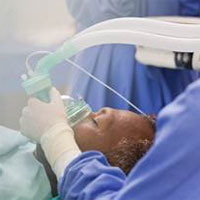
General Anesthesia a Viable Sedation Strategy for Thrombectomy in Stroke
An analysis of a New York registry with 1174 patients who underwent thrombectomy showed a correlation between general anesthesia and death. Several other studies that only compared embolectomies done with and without general... read more
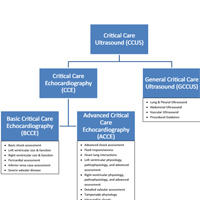
Critical Care Echocardiography: A Certification Pathway for Advanced Users
Though the details are still being finalized, the critical care NBE pathway will bear many similarities to the current certification process for cardiologists and cardiac anesthesiologists. In particular, the critical care... read more
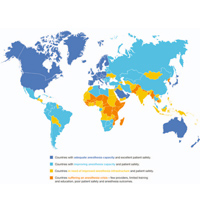
Disruptive Technology or Standard of Care?
The study and practice of medicine is constantly changing. Hospitals and specialty societies develop protocols and standards of care based on what is thought to be the best evidence and science at the time. Over the years,... read more
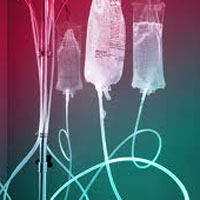
Fluid Management in Cardiac Surgery
Perioperative fluid management in cardiac surgery patients may have changed in the last few years in European centers. Balanced crystalloids now seem to be the preferred solutions, followed by synthetic colloids (mainly gelatins)... read more
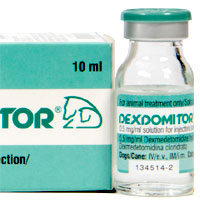
Dexmedetomidine-Associated Hyperthermia
Dexmedetomidine-associated hyperthermia: a retrospective cohort study of intensive care unit admissions between 2009 and 2016. Dexmedetomidine-associated hyperthermia has not been previously studied. Analysis is warranted... read more

Anesthesia changes neuronal choreography
Even under deep anesthesia, nerve cells remain highly active. A study conducted by researchers from Charite - Universitätsmedizin Berlin has shown by high-resolution cellular imaging that local neuronal networks remain active... read more

Conscious Sedation in TAVR Linked to Lower Mortality and Shorter Hospital Stays
The study, which captured approximately 90% of all patients who underwent TAVR in the United States during the study period, adds to a limited evidence base on the use of conscious sedation in this setting. Among those treated... read more




